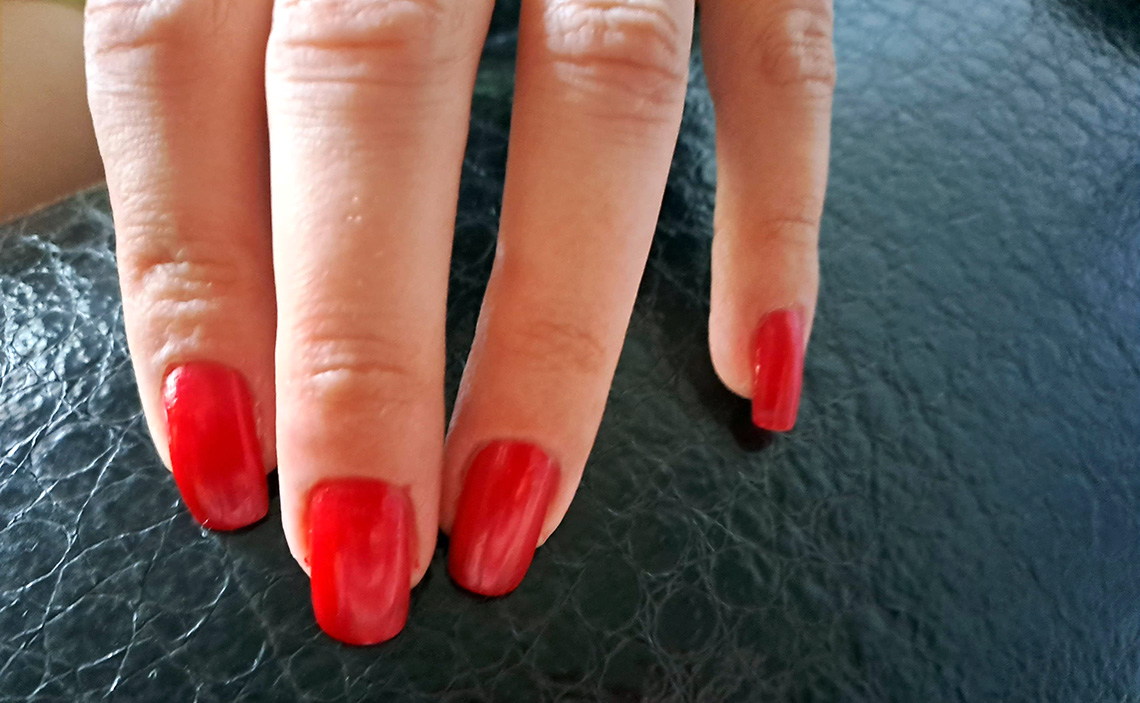Liquid Nails, a popular construction adhesive, is known for its strong bonding capabilities. However, there may come a time when you need to remove it from surfaces, whether it’s to make repairs, replace materials, or reposition objects. In this comprehensive guide, we’ll walk you through the steps to effectively remove Liquid Nail adhesive, taking into consideration various surfaces and techniques.
Assessing the Situation
Before you begin the removal process, it’s essential to assess the situation, including the type of surface and the condition of the adhesive. Different surfaces may require different approaches. Here’s a quick overview of surfaces and the best practices:
| Surface Type | Recommended Approach |
| Wood | Heat and prying |
| Metal | Heat and mechanical methods (scraping) |
| Concrete | Mechanical methods (scraping) |
| Drywall | Heat and prying |
| Tile | Mechanical methods (scraping) |
| Plastic | Mechanical methods (scraping) |
| Glass | Mechanical methods (scraping) |
Supplies You’ll Need

Gather the following supplies to ensure a safe and efficient Liquid Nail removal process:
- Safety Gear: Wear safety glasses, gloves, and a mask to protect yourself from adhesive dust and debris.
- Heat Source: A heat gun or hairdryer can soften the adhesive, making it easier to remove.
- Pliers or Putty Knife: You’ll need these tools for prying and scraping.
- Screwdriver: For removal from wood or drywall, a screwdriver can help separate bonded surfaces.
- Acetone or Paint Thinner: Use acetone or paint thinner to dissolve any remaining adhesive.
- Rag or Cloth: To apply acetone or paint thinner and wipe away adhesive residue.
The Removal Process
Follow these steps to remove Liquid Nail effectively:
- Safety Precautions: Wear safety gear, as mentioned above, to protect yourself during the process.
- Heating the Adhesive: Use a heat gun or hairdryer to apply heat directly to the Liquid Nail adhesive. Hold the heat source a few inches away from the surface and move it in a back-and-forth motion. Heat the adhesive for 3-5 minutes, or until it becomes soft and pliable.
- Prying or Scraping: If the adhesive is on wood, drywall, or another surface that can withstand mechanical methods, use pliers or a putty knife to gently pry or scrape away the softened adhesive. For metal, tile, plastic, or glass surfaces, rely on mechanical methods to scrape off the adhesive. Be cautious not to damage the surface during this process.
- Repeat if Necessary: Depending on the thickness of the adhesive and the effectiveness of the heating, you may need to repeat steps 2 and 3.
- Clean Up: Once the adhesive is removed, clean the area with acetone or paint thinner to dissolve any remaining residue. Wipe the surface clean with a rag or cloth.
- Inspect and Sand (if needed): Inspect the surface for any remaining traces of adhesive. If necessary, sand the area gently to smooth it out.
Tips and Precautions
- Always work in a well-ventilated area when using heat sources or chemicals like acetone.
- Be patient and avoid using excessive force to prevent surface damage.
- Test acetone or paint thinner on a small, inconspicuous area to ensure it doesn’t harm the surface.
- Take appropriate safety measures to protect your eyes, skin, and lungs while handling chemicals and using heat sources.
- Dispose of adhesive scraps and cleaning materials properly.
- For particularly stubborn adhesive, consider consulting a professional if you’re concerned about surface damage.
With this step-by-step guide and the right tools at your disposal, you can effectively remove Liquid Nail adhesive from various surfaces, allowing you to proceed with your construction or renovation projects with ease.